In the new academic year, domestic student numbers more or less returned to normal levels and the number of international students bounced back strongly – although they haven’t yet returned to pre-pandemic levels.
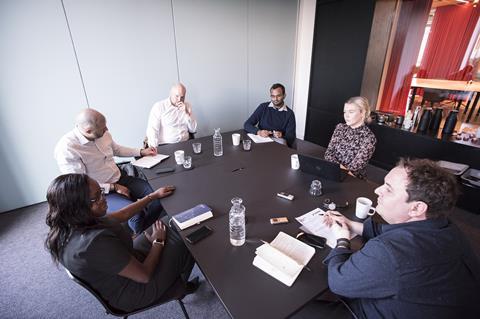
Panel of experts
Georgie Drewery, account executive, residential – Yardi
Eddie Kane, head of customer experience – Fresh Student Living
Mandisa Khabo, technical development manager – Greystar
Abhinav Swamy, head of investment – Q Investment Partners
Andy West, head of land and planning, Verto Homes – Student Living
Simon Creasey, contributing editor [features]– Property Week (chair)





Over the next few years, many people are predicting the purpose-built student accommodation (PBSA) sector in the UK could boom, fuelled by school kids achieving record exam grades and a projected 25% increase in 18-year-olds over the next decade.
How can student accommodation providers rise to the challenge of meeting this increased demand and what can they learn from the build-to-rent (BTR) sector?
Khabo: Our background in the States is BTR and when we came to the UK we kind of tried to replicate what we do in the BTR sector here in the UK in our student accommodation buildings. That is why we’ve always had elaborate amenity space [in our PBSA buildings]. We’ve always thought about outdoor space; we’ve always thought about setting up events for our residents. So we’re kind of already ahead of the curve and now we need to start thinking a little bit outside the box to see what else new we can bring to the table.
Kane: Now more than ever students are a bit more switched on to what’s going on in the world in terms of global issues. I think some people still look at student accommodation just as beer and pizza nights and stuff like that and those events are still really popular – especially with first-year undergraduates. However, students want to do events on multiple different levels – they want to learn first aid, develop new skills and talk about things like ESG.
The BTR sector has been really successful in offering those types of events and building a community within a building, so I think it’s very much about looking at students more as customers and less as people to fill your buildings.
West: One of the things that we are trying to create with our student village in Cornwall [which is in for planning at the moment] is almost engendering a sense of community. You can create an awful lot of accommodation relatively easily – in essence, all you’ve got to do is create some rooms for people. But does that actually work for people to live in?
The thing that we see as the future of student housing, or of any type of housing for that matter, is if you create something that people care about and want to use, then the rest will follow. But if you create something that’s utilitarian in its appearance and its use, then it’s no different than the Travelodge that I stayed in last night where you just turn up, you sleep in the bed and you wake up in the morning and leave and it’s just another room in another hotel.
In terms of the design of your schemes, how much consideration do you give to building in flexibility so that in the future you might, for instance, pivot a development from student accommodation use to BTR?
Swamy: That’s definitely a scenario that we kind of have in the back of our minds when we look at any sort of development, especially in saturated markets. When we design buildings I think there is a conscious thinking that it can pivot, but there are certain challenges attached to that. It’s not so easy to just design and build something and then say ‘OK, if students are not there we will just get families in instead’. It just doesn’t work that way. We have to go through the whole process of going back to the planning authorities and asking for that change [of use] and it’s not necessarily going to be forthcoming.
Khabo: We 100% think about this [flexibility of design]. That’s why we are now exploring growing the micro urban living element of our business. We have student accommodation buildings around London and outside London, where in the future we could potentially look to convert those into micro urban living targeting young professionals – people who are coming out of university and going into work.
Now more than ever students are more switched on to what’s going on in the world in terms of global issues
Eddie Kane
We have a capital projects team within our business who do a lot of renovations across our assets, so we will knock down walls and reconfigure rooms, and we go through planning to get that permission. So it’s something that Greystar completely understand and we look at the market and trends so that we can figure out where we can implement that.
Drewery: Flexibility is not just about the ability to change amenity space or change the use of the building; it is also around lease type as well, whether it be a short-term let, student accommodation, BTR or a corporate let, and allowing the prospect to be in control of that journey.
What we’re seeing as a trend is a lot of PBSA providers are now going into the BTR market using the same brand, so they might want to be able to have the same website with the same branding, and they want a platform that allows the prospect to choose which avenue they go down and which rental journey they’re looking at. That’s something we’ve really developed over the last year to ensure that our clients who have multiple different portfolio types – be it commercial, student or residential – have one platform to be able to manage that.
We all know how important a role technology has played over the course of the pandemic, enabling student accommodation providers to offer prospective customers virtual viewings and contactless check-ins, etc. How big a role do you see technology playing in the PBSA sector in the future?
Drewery: One of the things that has been most in demand from our clients [during the pandemic] surrounds when students move into a building. Quite often they’re all moving in at the same time – it’s a bulk move. So you need something that allows you to collect payments en masse, something that means you are able to physically move the students in and that also looks after the guarantor process. Being able to automate those processes has been a key thing for our clients.
Khabo: One of the emerging trends that we find with students is that new students in particular want a lot of their stuff immediately.
So we are in the process of trialling an app in one of our student accommodation buildings on Holloway Road that does smart tech. It allows you smart access into the building using your phone and it allows you to control your lighting and your heating using your mobile phone. And we’re extending it even further to allow people to book amenity space and collect parcels using the app.
So we are definitely going to utilise technology within our business to serve our residents and make that resident experience even more flawless for them.
If you create something that people care about and want to use, then the rest will follow
Andy West
Kane: Before Covid we were doing virtual tours, but we would do them on Skype and you would have connections dropping out when you were showing people around the building. I think the last few years have made us really good at doing virtual tours, because that’s how we have been able to give students access to our buildings remotely and show them around before they move in, which is really important to them.
I think one of the big lessons we’ve learned [during the pandemic] is about remote check-ins. A couple of years ago, on check-in day you would have a big queue at the front desk where you were chasing students to do the guarantor stuff that they hadn’t done in advance or pay their rent before they moved in. I think that automating those processes has made operations a lot smoother for us and we see those trends continuing. Things like picking up parcels through apps has been a game-changer for us because it helps you to utilise your labour a lot better and you don’t have people constantly looking through parcel books and having to find things in parcel rooms.
But it’s still a balance and there’s always going to be a demand for that face-to-face element.
Swamy: I agree that it’s about striking a balance. Especially with the current focus on mental wellbeing, you want people on the front desk seeing and speaking to students every now and then. Technology is there to help with customer service, but technology can’t be the customer service in itself.
From our perspective, the use of technology is definitely going to be prevalent and it’s going to increase, but technology is there to help, not to be there as the sole thing for students, because I don’t think there is a replacement for face-to-face [interaction].
How positive do you feel about the future prospects of the PBSA sector?
Drewery: Overall, I think it is going to be positive moving forward and I think the lessons that the PBSA sector had to learn during Covid in terms of really focusing on the wellbeing and the wellness of their students and really going above and beyond that kind of level of customer service and care, I think that’s not just going to be forgotten about, and neither will the students want it to be forgotten about.
Swamy: The demand is definitely going to be there and it’s going to continue to grow and increase if anything. It’s just about how designs will evolve as we go along. Clearly, the stock that we see which is 20 years old versus what’s currently on the market, or coming up on the market, is very different.
It’s also about technology – how is that going to blend into this mix – and ESG. How do you build that circle of sustainability and make sure that’s transferred through? I think these are topics that are going to be prevalent over the coming months and I don’t see them as challenges; I see them as opportunities.
Kane: I think there is a bright future for student accommodation. We are expecting student numbers to continue to rise and we genuinely believe that our product and the service we offer is delivering great value to the students. With that in mind, we have to be really positive about the future.
West: I think it’s the same for the creation of any type of residence, be that holiday accommodation, student accommodation or somewhere for people to live. It’s learning the lessons of what people want and will want in the future and planning accordingly. I don’t think it’s enough to build towers with rooms in them anymore and just assuming that people will live in them and make do. The way people live will continue to evolve and in parallel with that you must evolve the way that you deliver homes, whether that be a block of flats or a block of student accommodation.







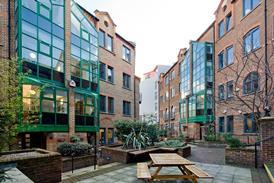
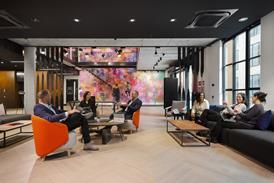




















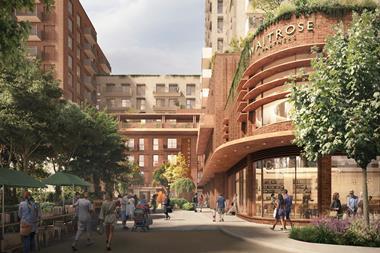
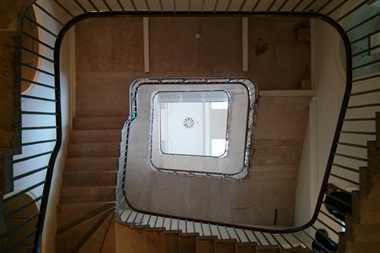
No comments yet